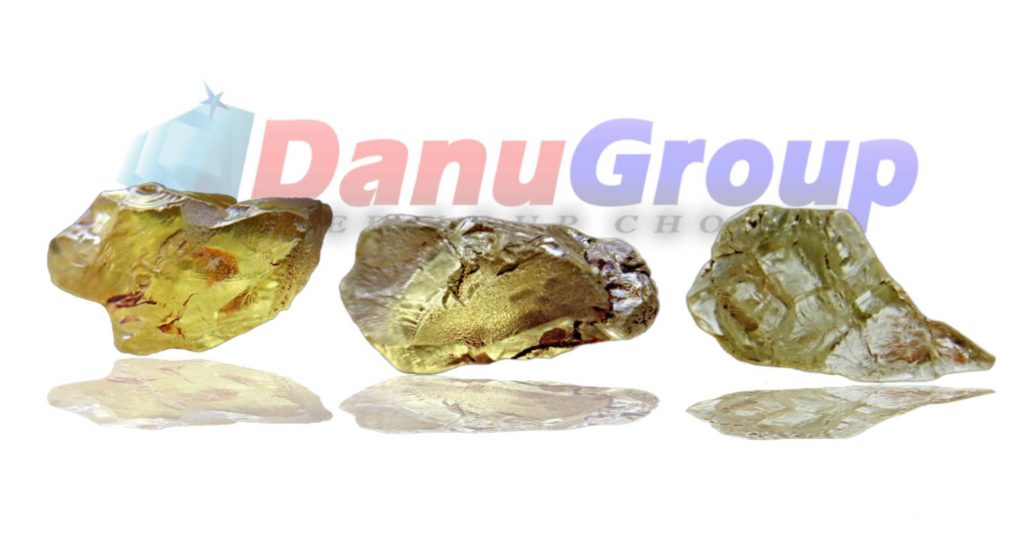Sillimanite is an aluminosilicate mineral with the chemical formula Al2SiO5. Sillimanite is named after the American chemist Benjamin Silliman (1779–1864). It was first described in 1824 for an occurrence in Chester, Middlesex County, Connecticut, US. It’s well known to gem collectors and highly prized because of its great scarcity.
It is Orthorhombic crystal system mineral with 7 hardness according to the Mohs hardness scale. Mostly, It is found in colours such as colourless or white to grey, also brown, yellow, yellow-green, grey-green, blue-green and blue. Sometimes It has Sub Adamantine Luster. This Bi-Axial Mineral pleochroism is mostly Colourless to pale brown to yellow.
Natural sillimanite/fibrolite rocks cut into the required shape and size are used mainly in glass industries. Sillimanite is the best raw material for the manufacture of high alumina refractories or 55-60% alumina bricks.

Also, Uses as a gemstone for Jewelleries and Crystal Healings. Gem Quality materials are rare to find and hard to cutting and polishing. Faceted gems are usually small and quite rare. Some blue materials can be seen weak reddish fluorescence.
Refractive index : a =1.654-1.661 vβ= 1.658-1.662 γ= 1.673-1.683
Birefringence δ = 0.020 – 0.022
Cleavage : Perfect 1 direction
Pleochroism : Colourless to pale brown to yellow
Phenomena : Chatoyancy (rare)
Mohs scale hardness: 7
Fracture: Splintery
Luster: Vitreous to subadamantine, silky
Streak: White
Diaphaneity: Transparent to translucent
Specific gravity: 3.23-3.27
Optical properties: Biaxial (+)
Crystal habit: Prismatic crystals, fibrous
Dispersion : 0.015
It can be found in mainly Sri Lanka and Burma also, Japan, India, France, USA, Prutugal, Poland, Spain, Kenya.


